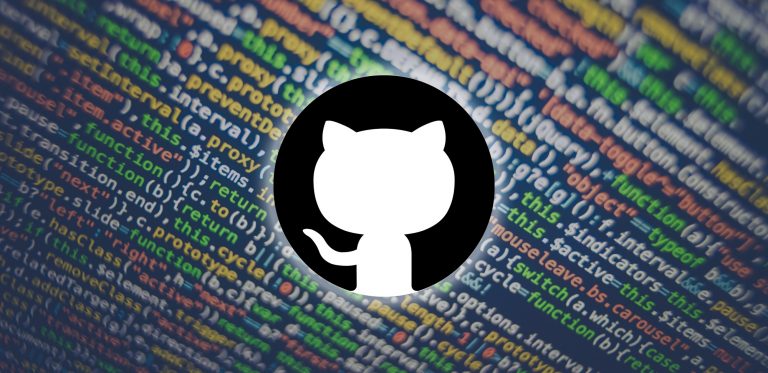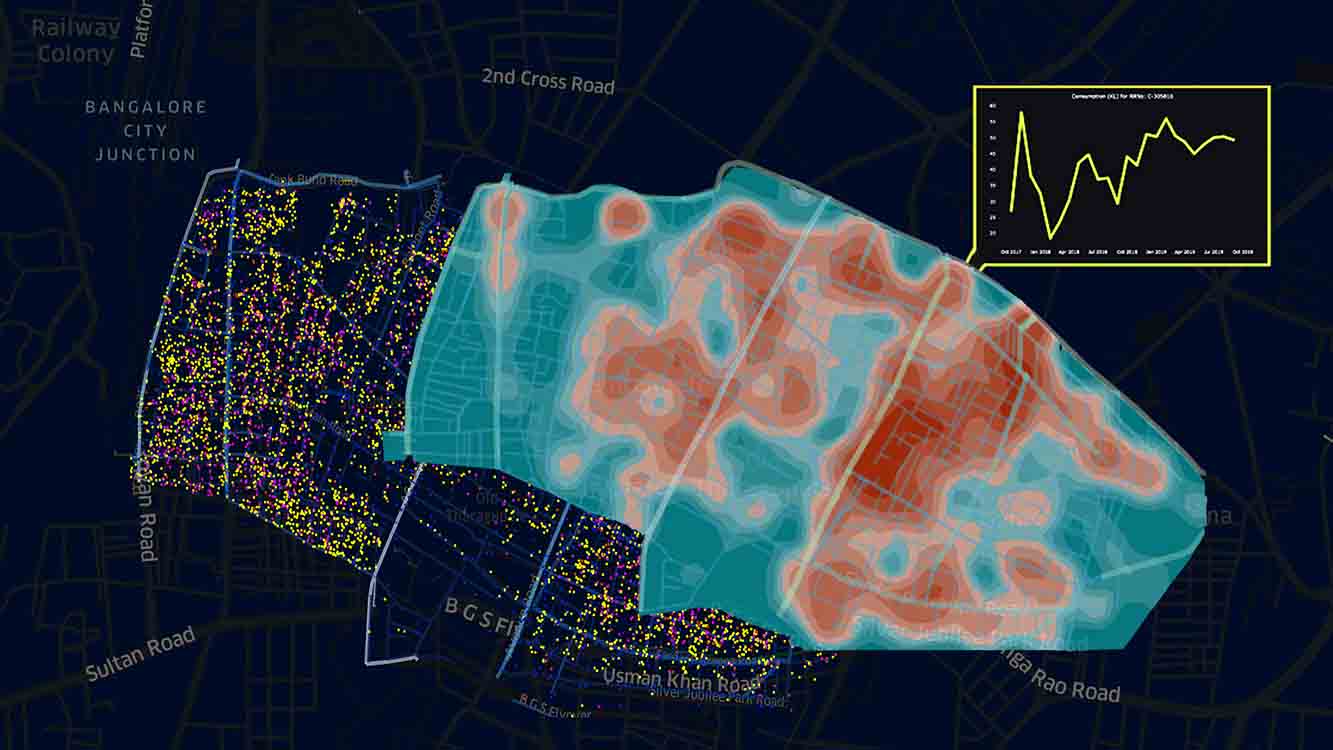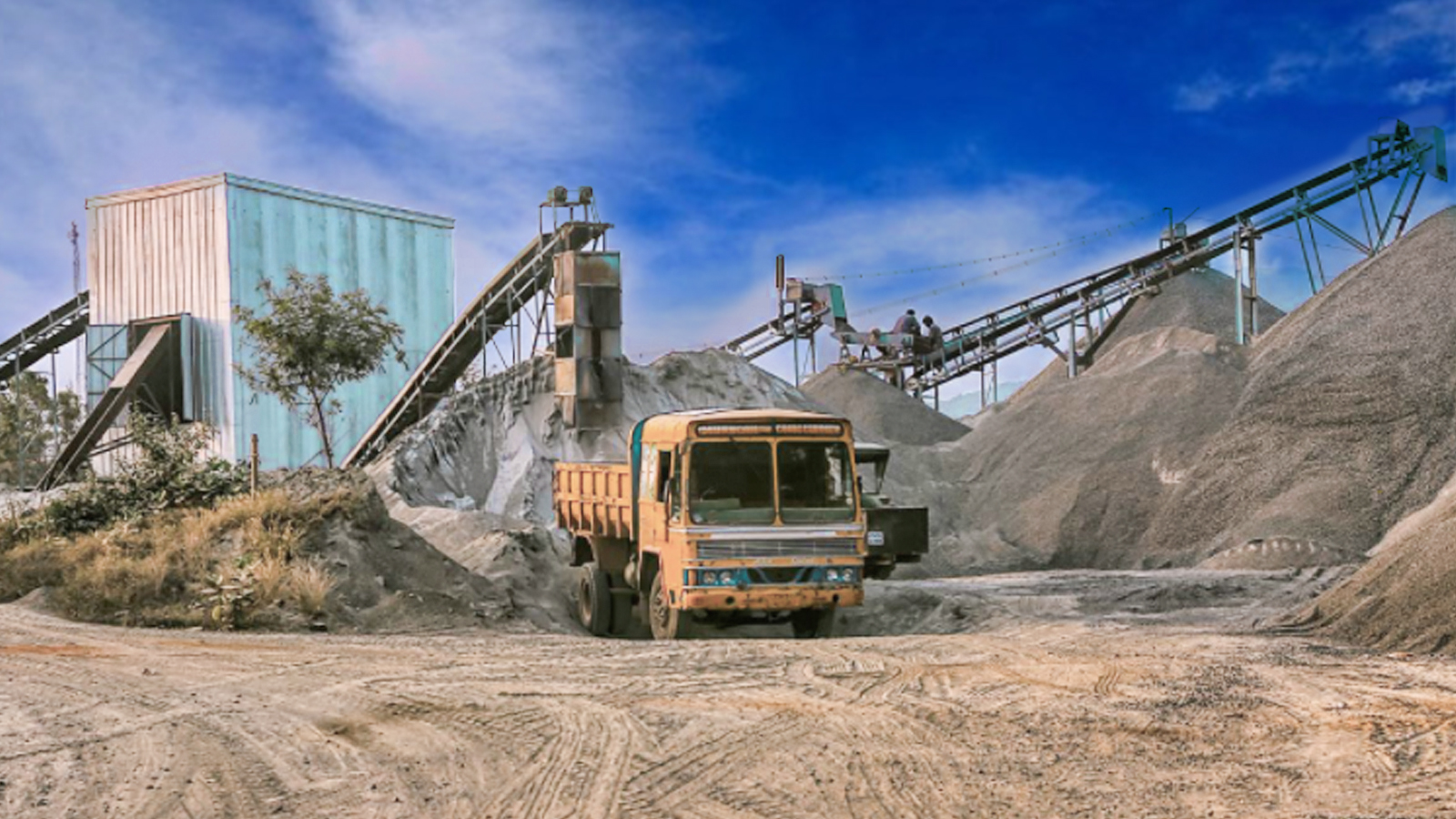 Decades of Exponential growth in commercial data has ushered in Big Data. Advent of internet kick-started the information revolution. This was given a multiplier impact by smart phone revolution, which brought the power of data to the common man. As of 2014, Smart phone devices despite accounting for around quarter of the mobile phone market contributed almost 88% to the data traffic generation (Source: Cisco VNI Mobile, 2015). This data traffic is heavily skewed toward devices with high speed connections. Mobile data traffic is forecasted to grow five times between 2015 and 2020. Such growth is certain to strain the existing wireless bandwidth, forcing the wireless service providers to look for newer avenues to effectively and efficiently utilize the available infrastructure resources and maximize the RoI on fresh infrastructure investments.
Decades of Exponential growth in commercial data has ushered in Big Data. Advent of internet kick-started the information revolution. This was given a multiplier impact by smart phone revolution, which brought the power of data to the common man. As of 2014, Smart phone devices despite accounting for around quarter of the mobile phone market contributed almost 88% to the data traffic generation (Source: Cisco VNI Mobile, 2015). This data traffic is heavily skewed toward devices with high speed connections. Mobile data traffic is forecasted to grow five times between 2015 and 2020. Such growth is certain to strain the existing wireless bandwidth, forcing the wireless service providers to look for newer avenues to effectively and efficiently utilize the available infrastructure resources and maximize the RoI on fresh infrastructure investments.
Sources of Data Generation:
Let us take a quick look at the sources of data prior to analyzing the requirement for Big Data. Some of the well-known sources are the customer triggered mobile data generation – such as data from mobile apps – downloads, text, audio and video streams, gaming apps, data generated from Social Networks etc. This data is collected and used not only mobile telecom companies, but also by the mobile application builders to identify and ensure a seamless customer experience leading to a stronger customer loyalty and revenue stream. But, are these the only data that occupy the wireless bandwidth?
No! There are many emerging areas that are also creating a stress on the bandwidth. One of them that is generating a lot of focus is Machine-to-Machine (M2M) modules. This includes data generated from wireless communication between machines or instruments. Some of the common examples are wearable devices, PoS card swipe machines etc, which are fast becoming ubiquitous. These devices are expected to increase to 1.5 times the global population by 2019.
CISCO VNI, 2015 forecasts M2M devices to grow by three times from 2014 to 2019. Within M2M devices, proportion of 3G devices is expected to go down from 67% in 2015 to 23% of the total devices by 2019, while Low Power Wide Area Network (LPWA) devices are expected to grow exponentially from 0.2% to 29% during the same period. Purported growth of LPWA devices is likely to come from various developments that are happening globally, such as
- Smart Grids – where data on consumption of utilities from each household is will be transmitted to the regional utility hubs, which in turn will communicate with the utility companies. This data will be utilized to optimize the supply and demand, schedule proactive network maintenance and to maximize uptime of the utility network.
- Remote Health Monitoring – This is set to revolutionize the delivery of healthcare by constant monitoring of patients’ health profile through chips embedded in instruments such as pace makers.
Apart from these sources of data, the Telecom companies themselves generate a fair amount of data from their network infrastructure such as mobile towers which allows the telecom companies to monitor the performance and attend network failures from their network operating centers.
Data generated from various wireless devices will create a stress on the wireless bandwidth and the wireless network infrastructure, which can strain the customer experience in the form of call drops, poor connectivity etc. This clearly creates a business need for proactive network maintenance and upgrade of the existing infrastructure, planning infrastructure investment with better RoIs etc.

Big Data and Analytics as an Enabler:
Wireless Communication industry is a hot spot for potential Big Data adoption compared to most of the other consumer driven industry apart such as retail or healthcare, because of the key data criteria it meets. The opportunity matrix chart in figure 1 indicates why this industry is uniquely suited for big data implementation.
Data generated from each of the sources mentioned in the previous section can be used to either improve the customer experience or increase the RoI of Telecom service providers by converting them to actionable insights. Velocity of processing the voluminous data generated from variety of sources differentiates the benefits generated from Big Data infrastructure vis-à-vis traditional data infrastructure in deriving real-time business insights.
To separate the noise from signals, data needs to be identified, extracted and stored efficiently. Hadoop ecosystem allows companies to do this real-time to take timely course-correction, thus driving growth and profitability. Some of the ways in which these insights can be put to use include –
- Optimization (quality of service) though better network traffic analysis
- Prevention of fraudulent behavior (by analysis of call data records)
- Tailored marketing campaigns to individual customers – by location and social networks
- Development of new products and services based on customer behavior analysis
Big data infrastructure combined with effective analytical tools to interpret the data makes for a heady combination in Telecom space, allowing companies to be agile in decision making process thus aligning itself towards customer responsiveness and higher profitability.
Real-Life Use-Cases:
- Network Traffic Optimization
-
- Real-time Identification of most accessed content and caching them at wireless hotspots to reduce traffic at front-haul links
- Data-driven network Monitoring and Intelligent routing of network traffic to improve customer experience and minimize call drops
- Analyzing Call Detail Records(CDRs)
- Forensics on Dropped Calls and Poor Sound Quality
- CDRs flow in @MM /Sec, making it difficult for pattern recognition and RCA – Parellel processing in Hadoop cluster can produce quick results
- Delay in Response can cause Attrition and Service MarginsService Equipment Proactively
- Service Equipment Proactively
- Optimal Scheduling of Tower Maintenance
- Hadoop can store unstructured, streaming, sensor data from the network
- Comparison on Real time Data on historical data – to identify the right time slot ; ML algorithms can reduce maintenance costs and service disruptions
- Rationalize Infrastructure Investments
- Correlation between Marketing and Capacity planning -> Infra build-up to support Revenue plans
- Analysis of Network Logs to understand service consumption in a particular region / city / neighborhood -> intelligent understanding of network loads


















































































